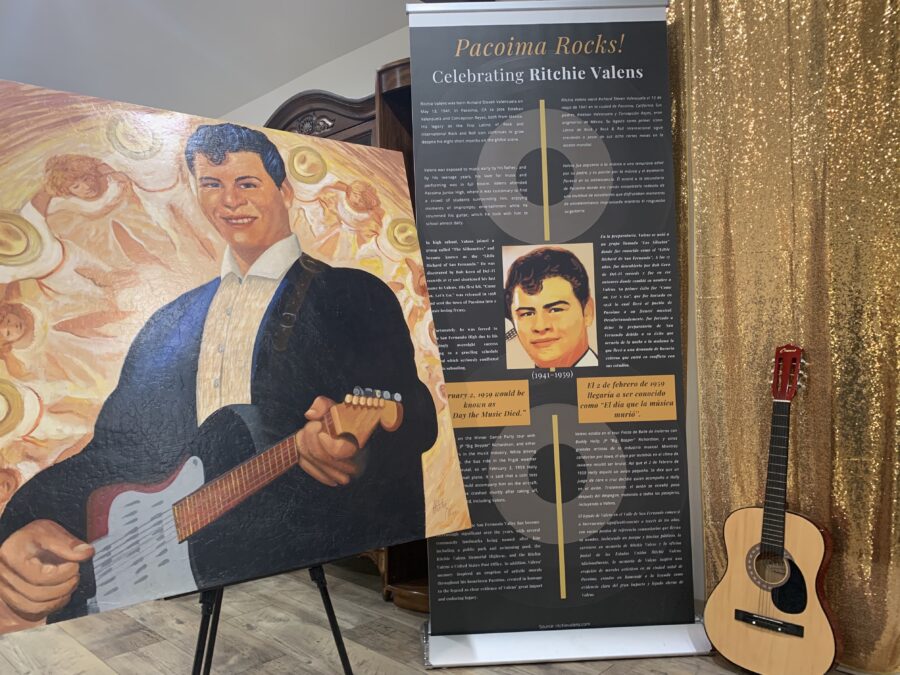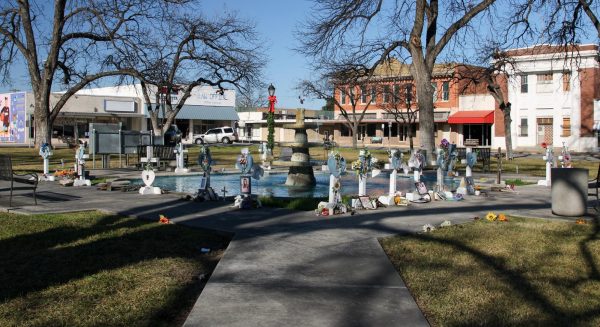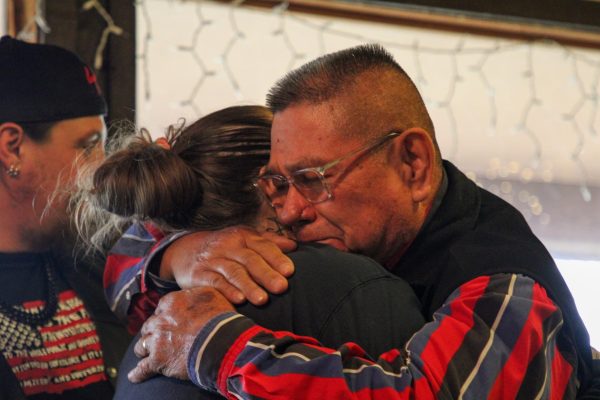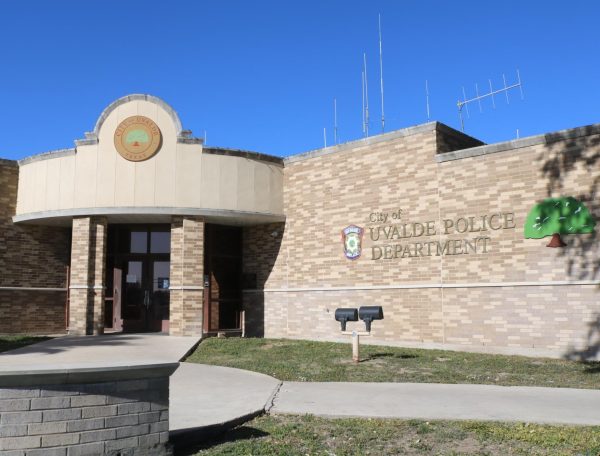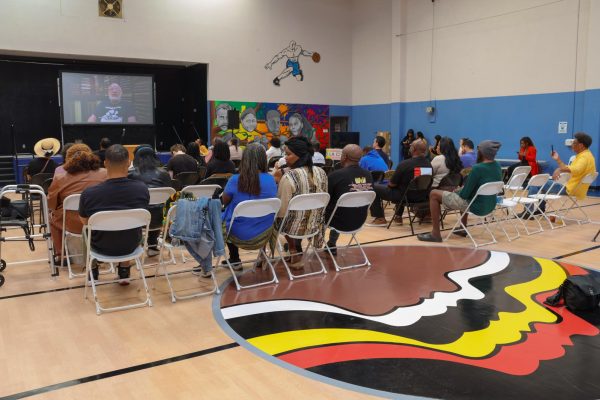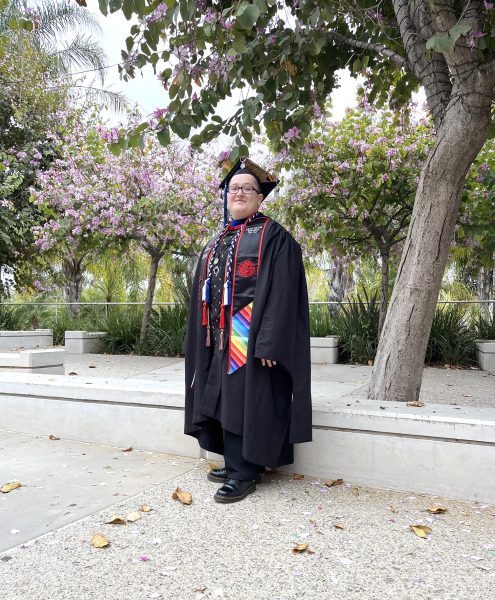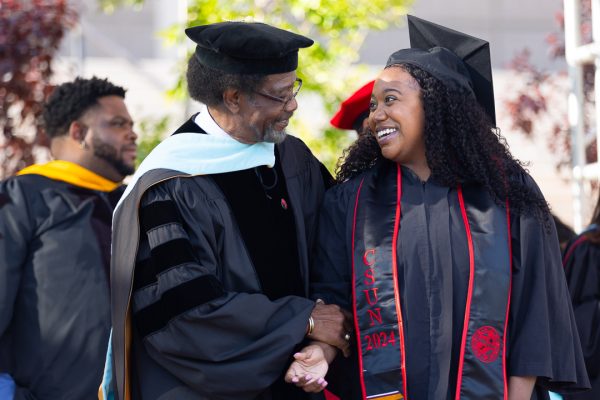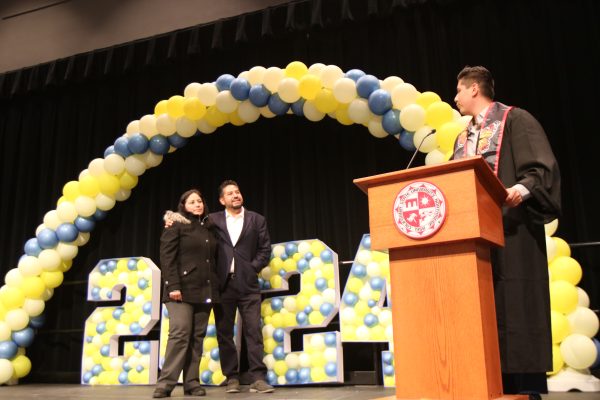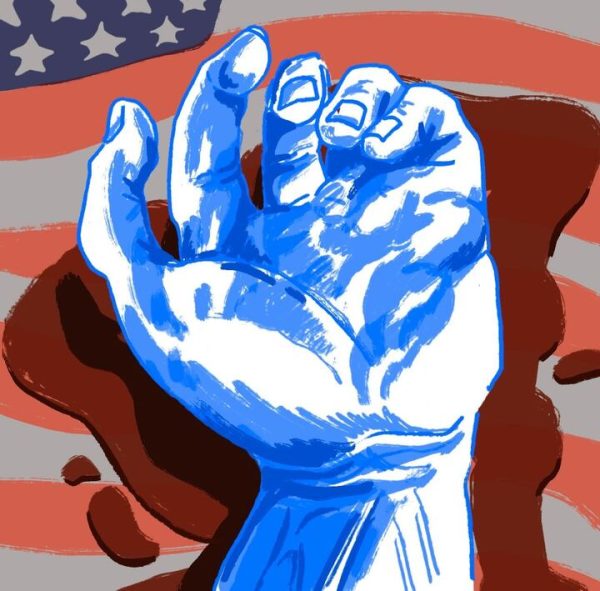The Museum of the San Fernando Valley hosts exhibit on local guitarist and singer
April 10, 2023
The Museum of the San Fernando Valley is displaying an exhibit throughout April on the life of guitarist and singer Richard Stephen Valenzuela, professionally known as Ritchie Valens.
Curated by the Pacoima Historical Society, the exhibition “Pacoima Rocks!” is named after where Valens grew up and features a guitar, replicas of newspaper clippings and a timeline of his life and career.
At only 17 years old, Valens died in a plane crash on February 3, 1959 along with musicians Buddy Holly and J.P. “The Big Bopper” Richardson. According to Biography, the day later became known as “The Day the Music Died.” Valens was best known for his hits “La Bamba” and “Donna.”
“We decided to curate the exhibit at the museum to let the West Valley also know about Ritchie Valens because it’s not that he’s just from Pacoima but he’s from the San Fernando Valley,” Crystal Jackson, president of the Pacoima Historical Society said. “We wanted more people to learn about him instead of him being just a local legend.”
A large painted portrait of Valens posing with his guitar is featured as well. The portrait was made and gifted by Hector Ponce, a Los Angeles-based Salvadoran artist who is known for his large murals. His work includes a mural of famed Los Angeles teacher Jaime Escalante and actor Edward James Olmos, representing their collaboration on the 1988 film “Stand and Deliver,” located on Wilshire Boulevard. A mural of Valens, Holly and Richardson at Van Nuys Boulevard in Pacoima named “The Day The Music Died” was done by Ponce’s son, Levi Ponce.
According to Jackie Langa, president of The Museum of the San Fernando Valley, the exhibit aligns with the museum’s mission to preserve and acquire local artifacts while voicing the distinctive histories of all populations in the Valley.
Valens was a pioneer of Latin and Chicano rock. His influence as a Mexican American showed how one could incorporate their own heritage into contemporary music. Valens turned “La Bamba,” a traditionally Son Jarocho style song from the Veracruz region, into a rock song.
“Traditionally, the Valley has been predominantly Caucasian and there was little representation of people of color which is why it’s so important for us to have Ritchie Valens in the museum along with other cultural exhibits,” Jackson said.
The museum is open to the public on Tuesdays, Saturdays and Sundays.
